A Revamped Version of a Classic Pack
The Gregory Baltoro is one of the classic backpacks for backcountry adventuring. I used an older, slightly larger version (the Baltoro 75) while on a 7-month trek through the Andes of South America. Recently, I got a chance to test out the revamped design in advance of its spring 2022 release. I loaded up a good 35lbs in the 65-L pack and took to the red cliffs of Sedona, Arizona, to hike several miles over mixed terrain. How do the latest upgrades compare to the tried-and-true predecessor? Here's what I can tell you.
ABOUT THE GREGORY BALTORO 65 BACKPACK
Price: $299 (USD)
Weight: 4.84 LBS (2.2 KG)
Volume: 65 L
Capacity: 50 LBS (23 KG)
*Specs based on the medium-sized bag. For more info on sizing, click here.
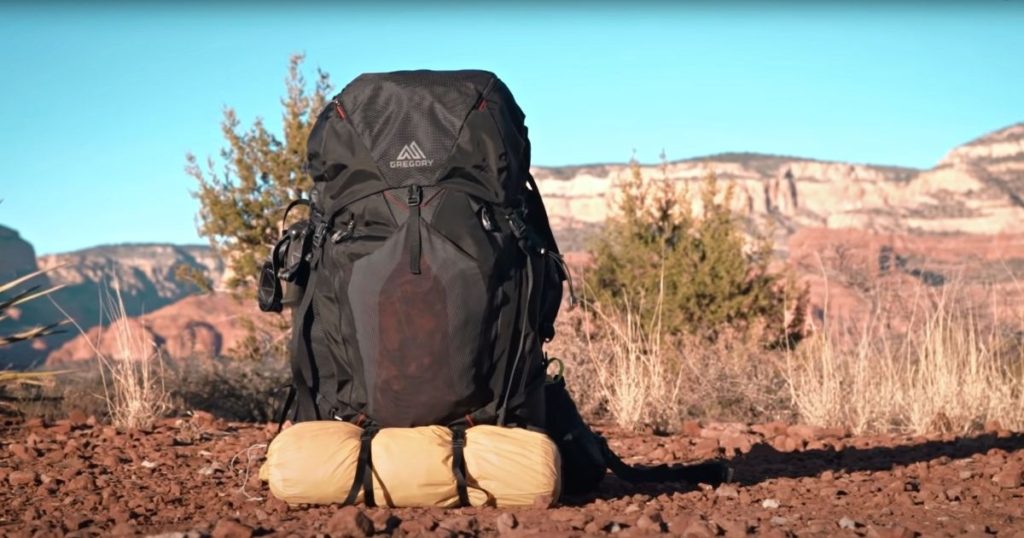
New Gregory Baltoro 65L Features:
The Baltoro 65 offers plenty of room for a long weekend, and if you're gear savvy, enough space for an extra day or two. The response A3 suspension with auto-angle-adjust A3 hip belts and shoulder harnesses rotate to your unique body geometry for a custom fit. 3D Air hip belts and a harness designed with Gregory's pre-curve technology and multi-density Lifespan EVA foam construction help eliminate hot spots and relieve pressure in sensitive areas.
A wishbone aluminum frame with anti-barreling cross-stay provides structure for the response A3 system and delivers weight to the comfort grip lumbar pad, which has a removable lumbar tune pad to customize fit. A Matrix breathable back panel with multi-layered, multi-density foam offers the right balance of support, air flow, and cushioning. There's also a full-body U-Zip main opening on the front of the backpack for easy unloading when you get to camp.
A custom-fitted rain cover is included and stows in a quick access, zippered pocket on the underside of the top lid. A water-resistant WeatherShield hip belt pocket with YKK AquaGuard zipper allows quick access to your phone or camera. There's a sunglass quick-stow system on the shoulder harness for easy, secure, and scratch free access to your shades. There's also a stretch-mesh side stash pocket large enough for a second water bottle, trekking poles, sandals, snacks, and more.
In addition it's got a dual front-zippered organization pocket with heavy-duty stretch mesh stash pocket, a zippered bottom sleeping bag compartment with removable divider, and four top pocket attachment points for solar or accessory attachments. Phew! Try saying some of those 5 times fast.
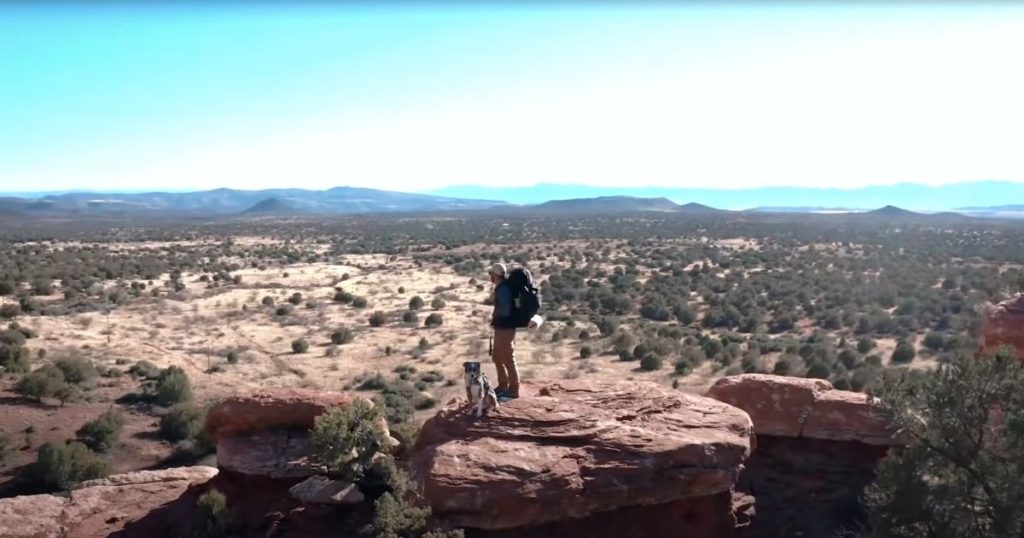
First impressions of the new Baltoro 65 backpack
Within the first few miles I came to appreciate how easy it is to adjust the sternum strap. Sometimes what starts out as a strategic placement can change as the hike progresses.
Being able to smoothly adjust on the fly is helpful as the inevitable hunching, shrugging, and shoulder strap tinkering comes into play. I also loved the mid-chest height sunglass quick-stow system on the left shoulder strap. Super easy to grab and stow, and it kept my glasses safe. This is a great feature when you're hiking trails of variable sun exposure and don't want to be constantly fidgeting with your shades.
The one miss for me is how long the hip belt straps are. There was a lot of extra length flapping around my legs, which felt a bit awkward. I just had to tuck them in and make due.
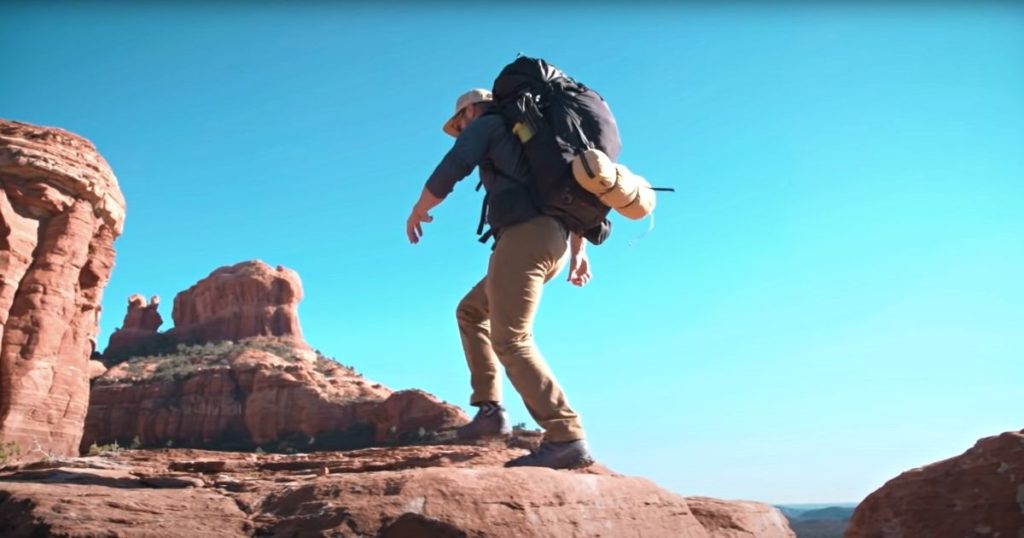
Is the Gregory Baltoro 65 backpack comfortable?
I have long-loved the Gregory Baltoro design because it is a truly comfortable backpack. The Lifespan EVA foam felt great on my shoulders. I had my test pack loaded to 35lbs, which is a reasonably heavy burden. Even so, I didn't notice any hotspots or pain points. It's hard to know for sure how a pack will hold up across multiple days but I like to think I've developed a good sense over the years. The Baltoro 65 showed promising comfort right out of the gates.
Is the Baltoro 65 pack stable?
I would give the Baltoro 65 a B or B+ in terms of stability. It's not the most stable backpack I've ever worn, but it did a good job of staying with me as I clambered about the rocky trail. It didn't feel too sloshy on the rougher sections. There's a little bit of give that made it feel maybe 10% looser than other backpacks I've enjoyed, but overall, it's a well-designed, stable pack.
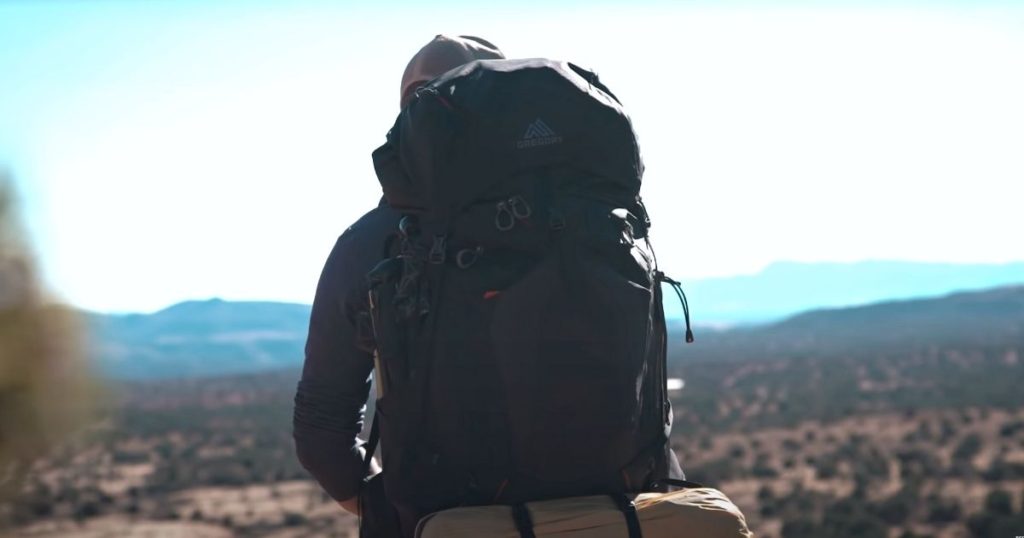
Is the Gregory Baltoro breathable?
The mesh back-support is a nice improvement in terms of airflow when compared to the older model. Even though I tested the Baltoro 65 on a cooler day, I put in a good grunt and noticed my back wasn't nearly as sweaty as it has been on other journeys. This breathability continued to shine throughout the hip and shoulder straps. Airflow is certainly one of this backpack's strengths.
How is the fit for the Baltoro 65 pack?
The Baltoro 65 seemed tailor-made for my torso. Very few adjustments were required for me to get set up and dialing in the shoulder straps was refreshingly intuitive. The hip belt was also a dream to adjust – no need for awkward finagling. This was probably one of the easiest hip belt adjustments I've ever encountered. The only downside was the huge amount of slack left over after tightening. But otherwise, if you take the time to get sized up properly, then you should expect a solid fit, regardless of your body type.
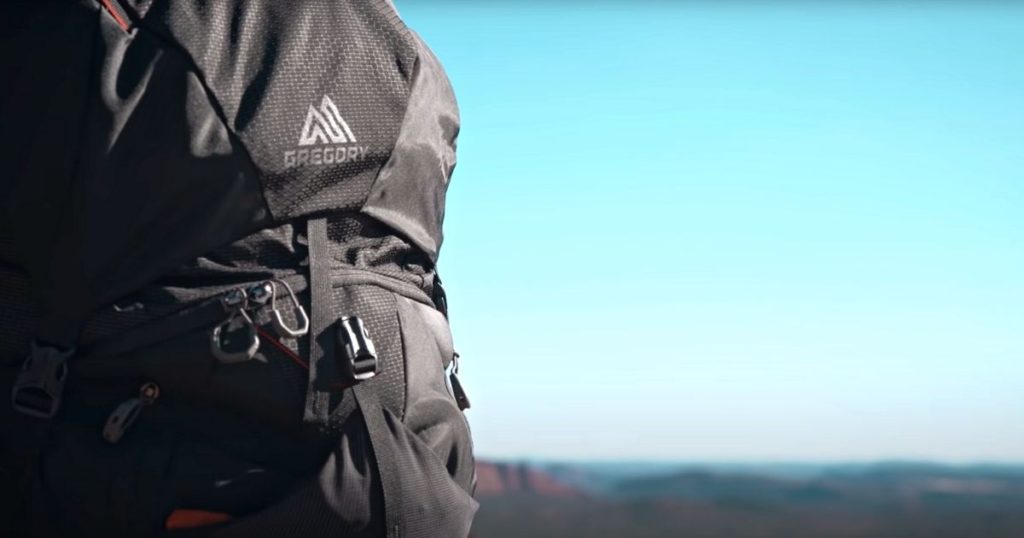
Gregory Baltoro 65 backpack design
I've always been a fan of the Gregory Baltoro design and I think they only continue to improve. In particular, I enjoyed the crisp side compartments. They offer just enough storage for practical stowage. In my case, I was able to pop some end-of-the-day sandals in there no problem. I also appreciate these separate compartments for things like toilet paper or a travel towel.
The external mesh pocket was perfect for my just-in-case rain jacket. The large U-zip access is great for quickly accessing specific gear in the middle of the pack (i.e. stove and food for a lunch break). The old-school, one way in, one way out access of some packs just doesn't cut it for me.
The top lid compartment works well for the basic goods that come into play throughout a day hike. There's also a tiny zipper pocket on the very top that's ideal for keys, cash, headlamps, or any smaller items that tend to get lost in the mix.
I appreciate that the Baltoro 65 comes with a rain fly. A lot of backpacks don't include this and I thought it was considerate of Gregory to save the user an extra purchase. I also liked the various cinch points throughout the pack. They were very intuitive and helped streamline the bulk.
An absolute no-brainer for me is the bottom sleeping bag compartment. Something about having immediate access to my sleeping bag just ends up working well on the trail. Something to note, it does use a curved-zipper – a design which is known to fail after years of use. This wouldn't sway my decision when purchasing a backpack, but it's good to be aware of.
Finally, there are hip belt pockets, which I'm a huge fan of. Many backpacks do have these, but I was still pleased to see these highly pragmatic features here too.
All of these various buckles, zippers, and compartments do add a pinch of weight. 4.8 pounds isn't the heaviest backpack out there, but just be aware of the weight trade-off in favor of design features that enhance the usability.
Is the Baltoro 65 worth the price?
Overall, Gregory has done an excellent job with the Baltoro 65 backpack. It's comfortable, breathable, and well-designed (save for maybe the extra-long hip straps). At $299 (USD) it is a worthwhile addition to any trekker's arsenal. I noticed some lower price tags online, but even at the MSRP, for what you get with this bag, $299 is a great value.
Who is the Gregory Baltoro 65 backpack for?
The Gregory Baltoro 65 is well-suited for 2-4 day adventures, possibly even longer if you're an experienced trekker who knows how to pack efficiently. Beginner backpackers, in particular, will appreciate the intuitive design on this latest version. Given the max-capacity of 50lbs, I wouldn't recommend this pack for serious expeditions or for hardcore trekkers who like to tack on extra gear. Other than that niche, this pack covers most of the backpacking market, from beginner to frequent adventurer, and maybe even a savvy, long-distance hiker.
If you want to compare with other similar-size trekking bags I’ve reviewed, check out my Battle of the Backpacks article, or these other backpack reviews.
I hope you enjoyed this article. For more information, check out all my gear reviews and tips on BackpackingTV.






